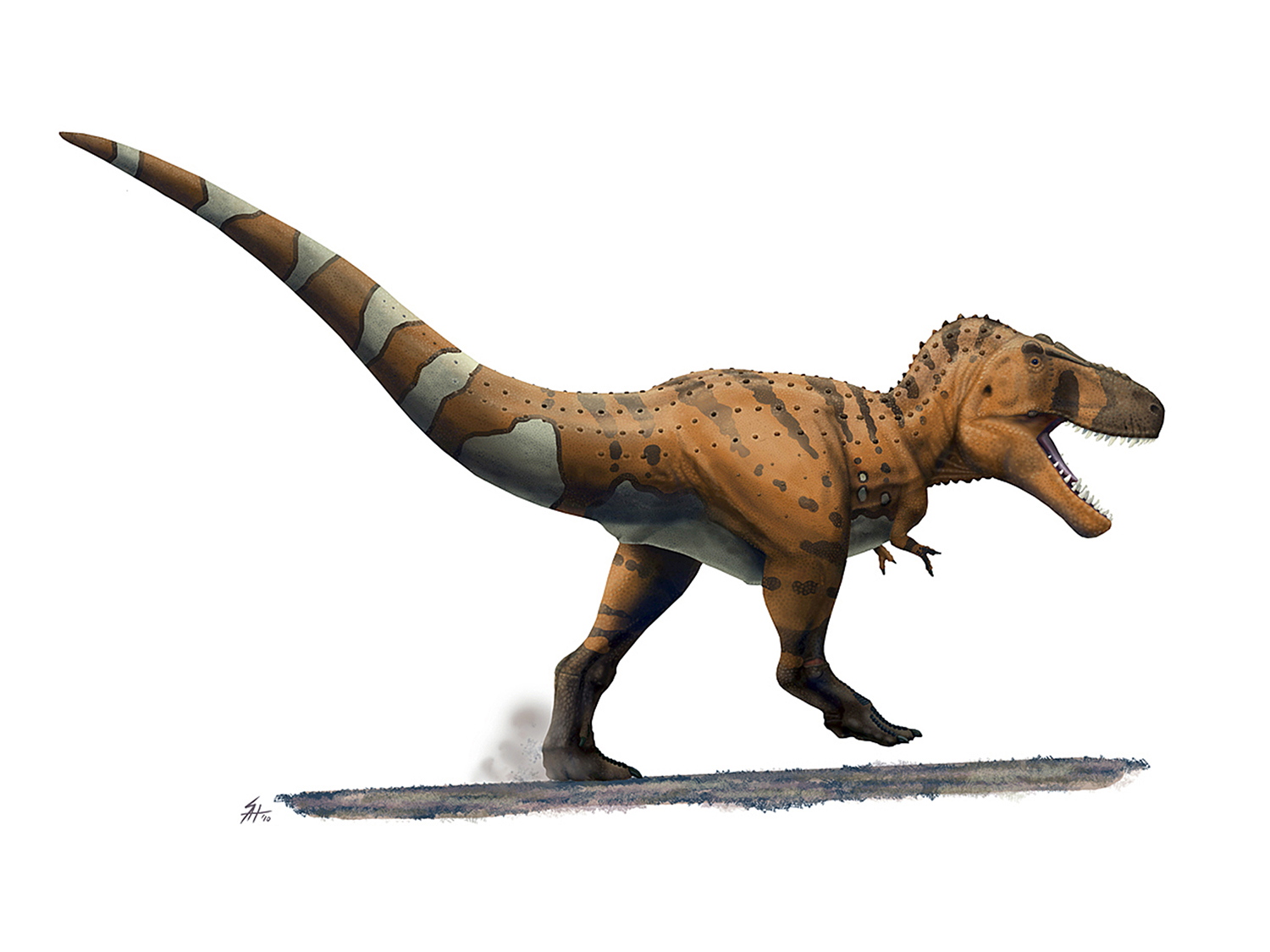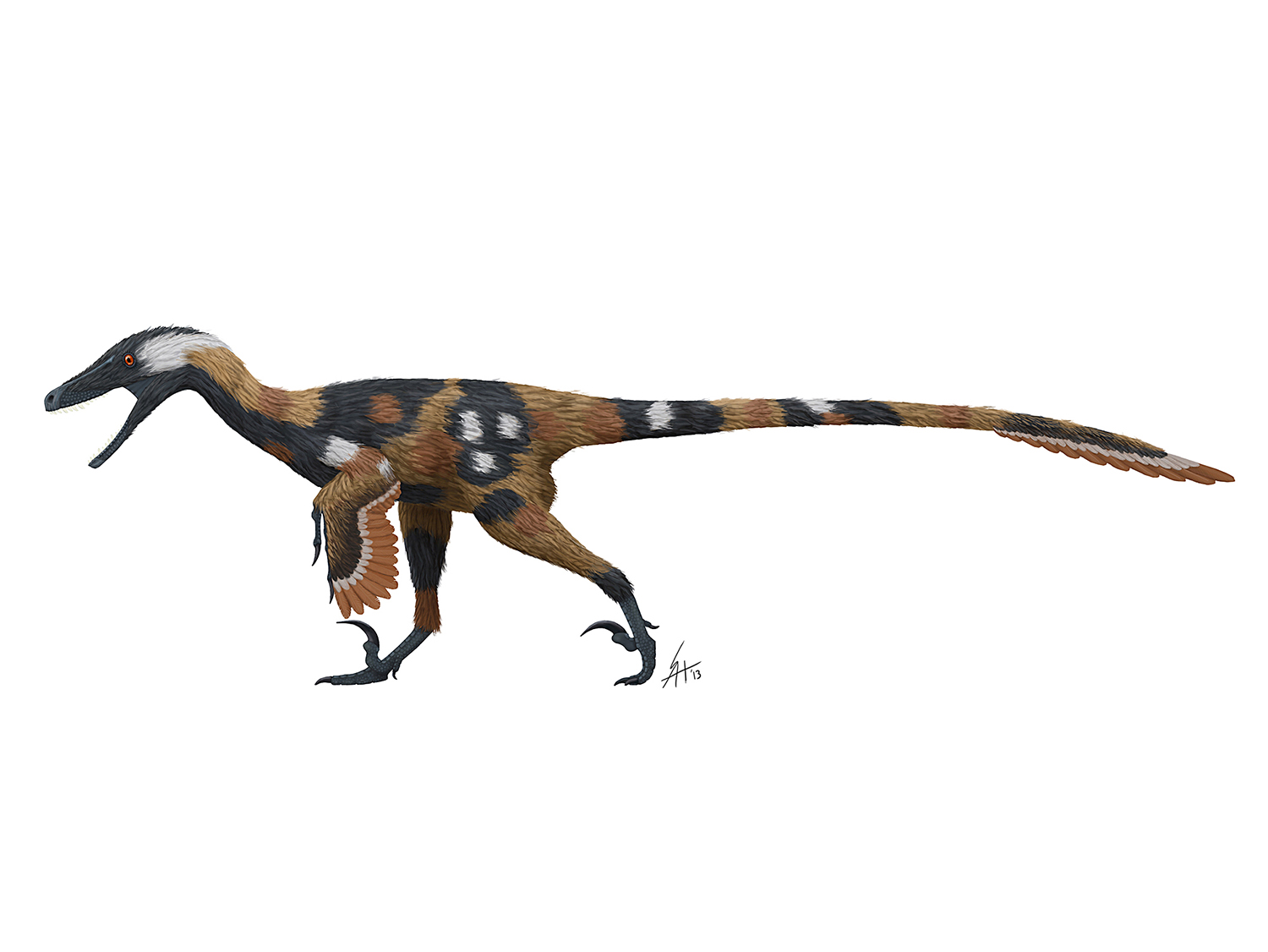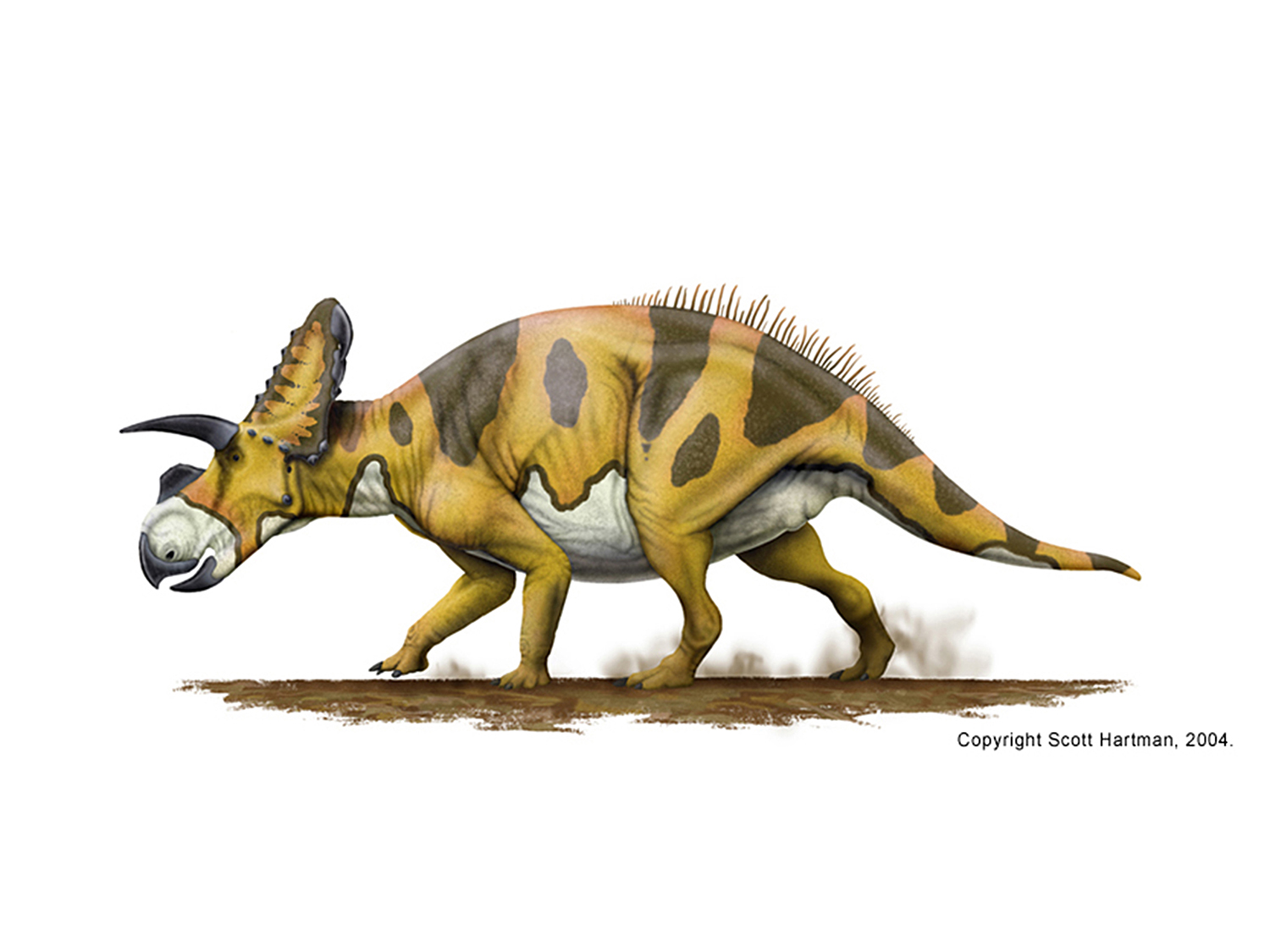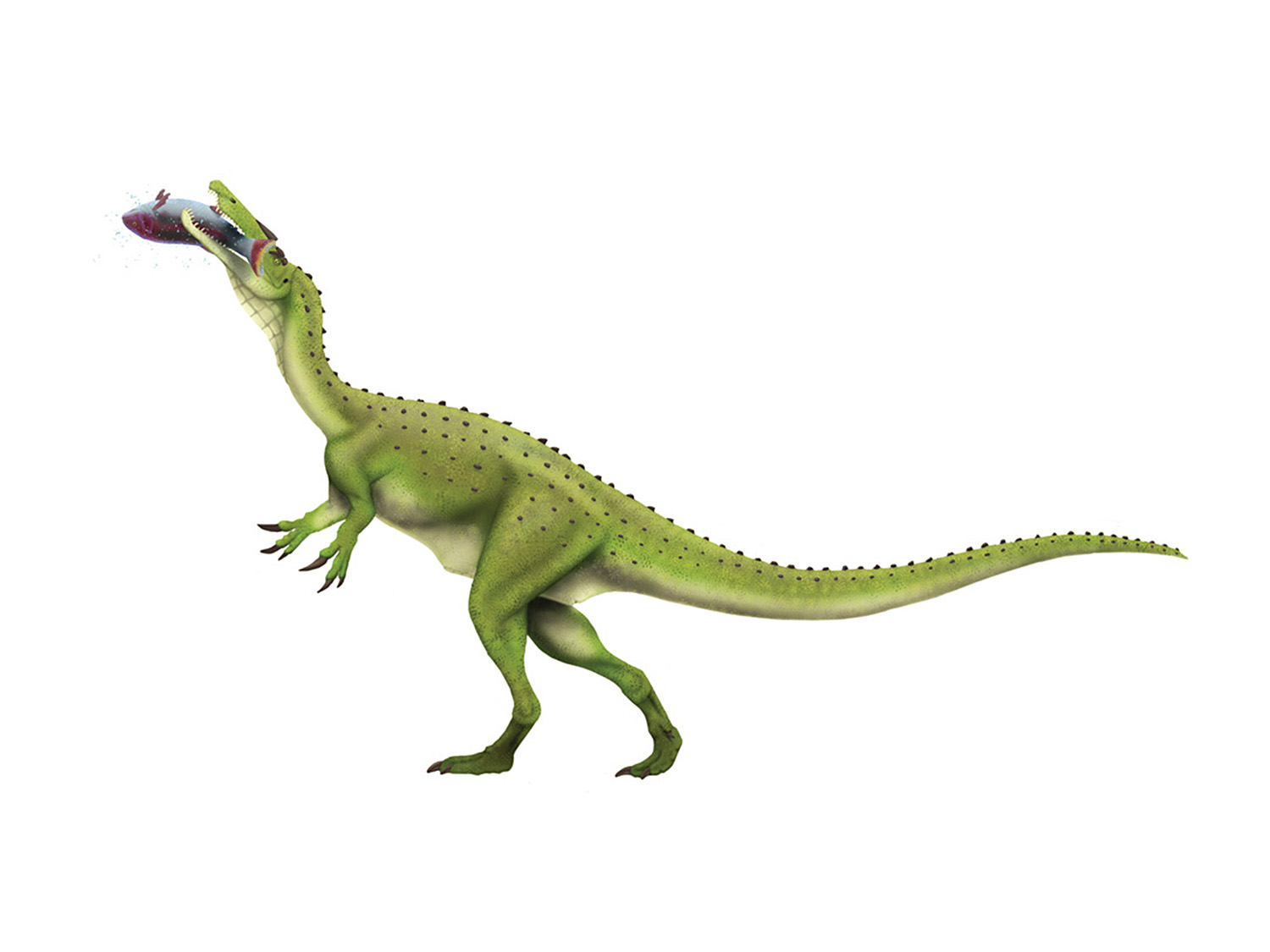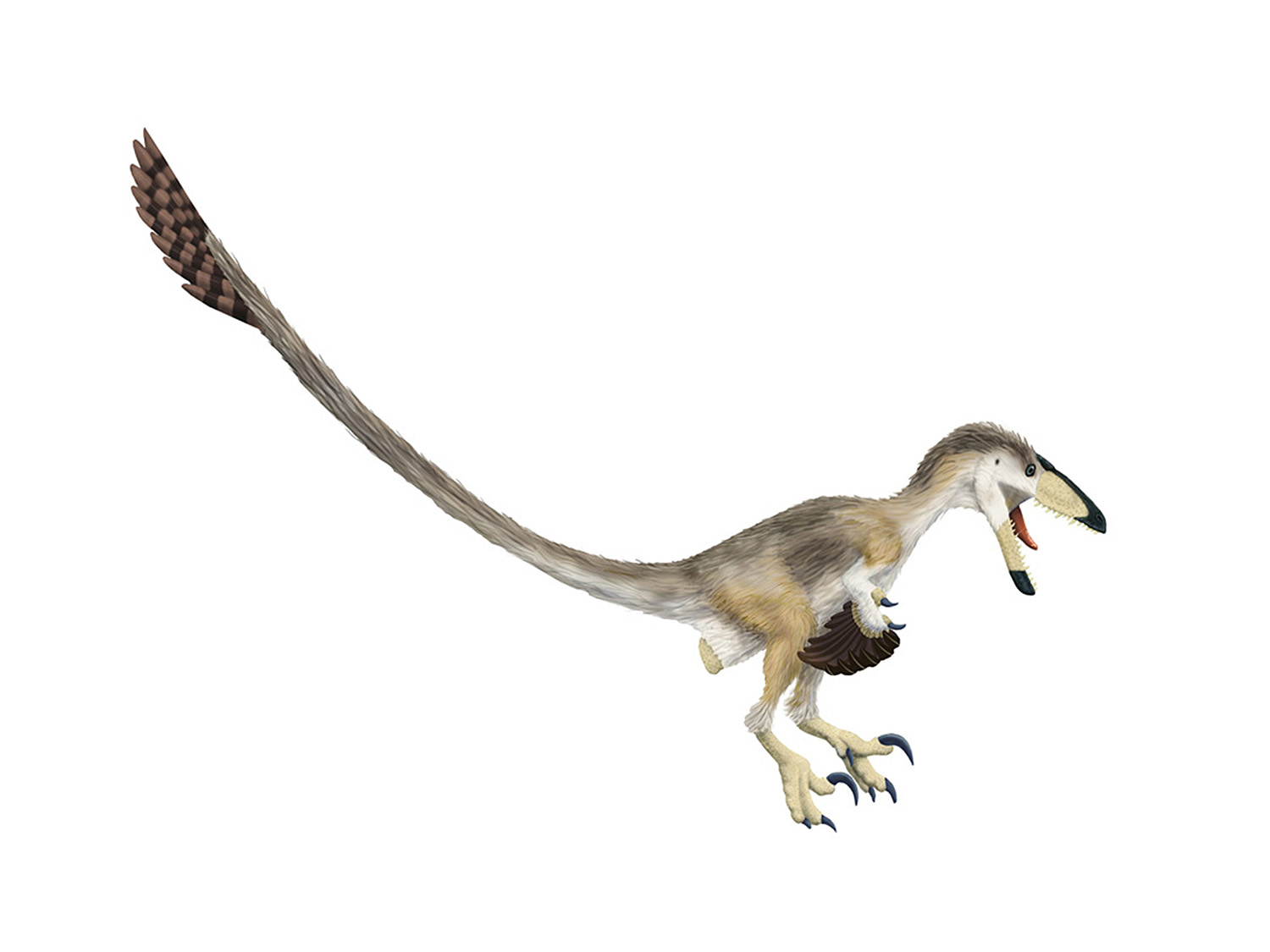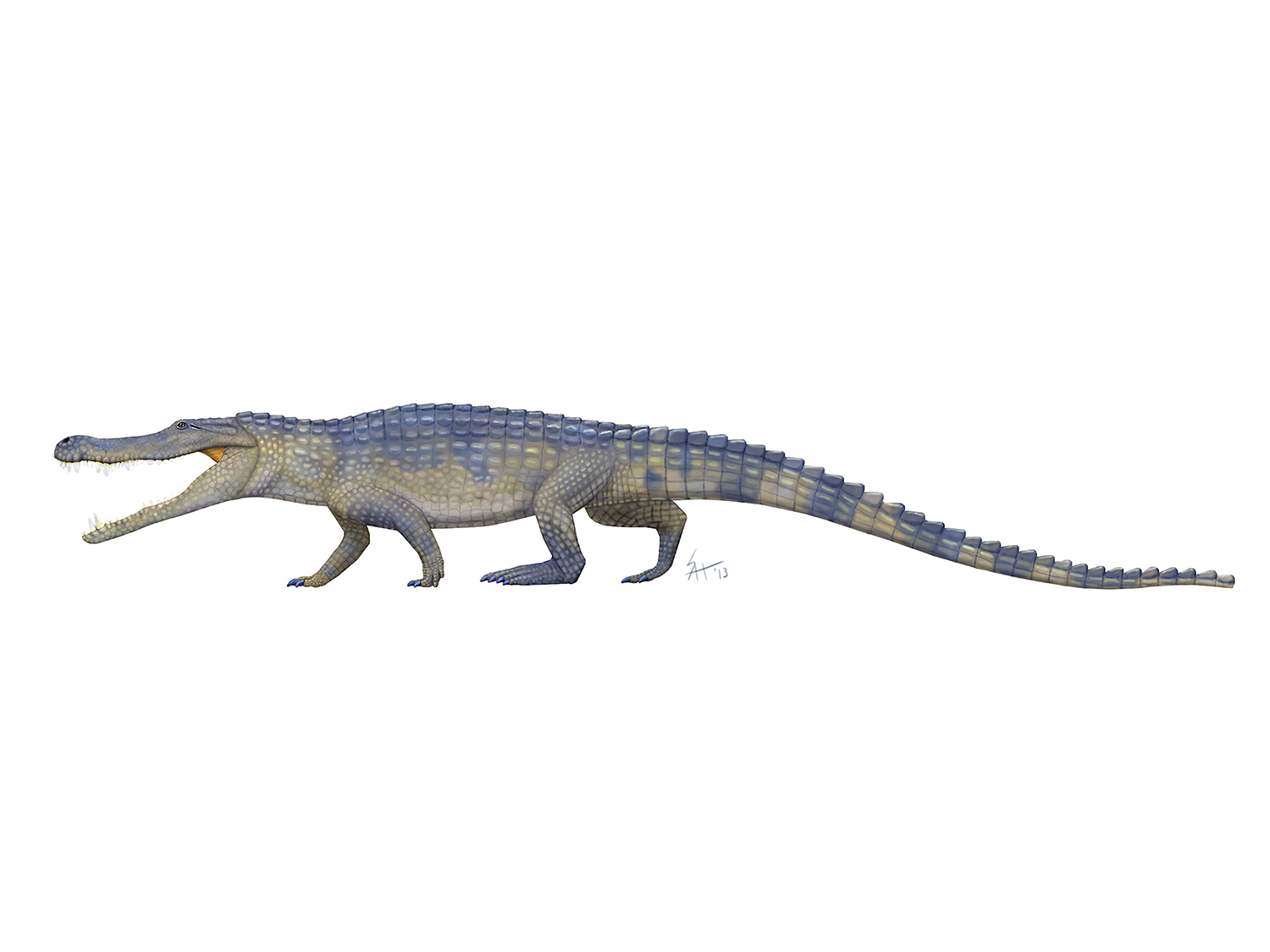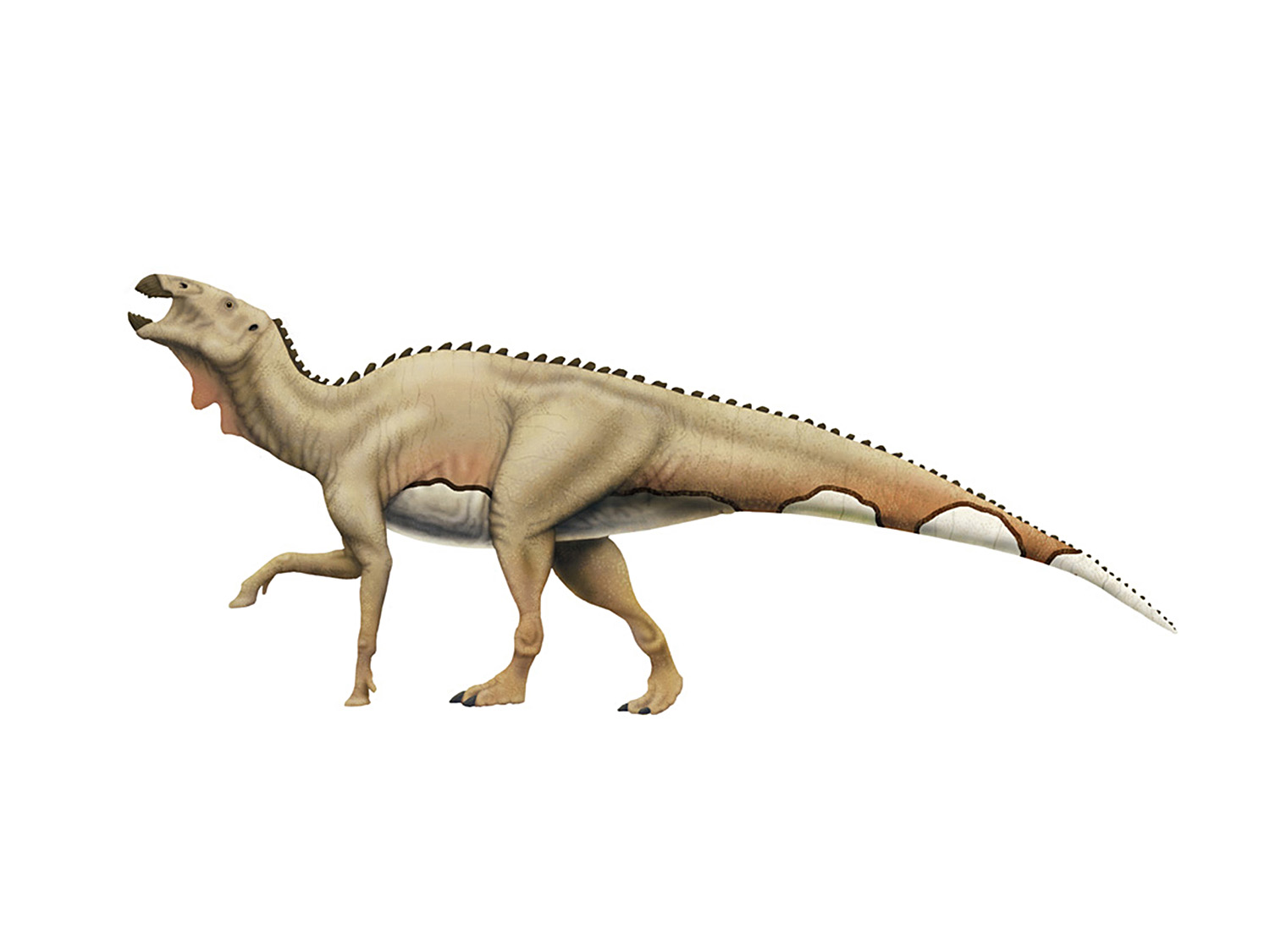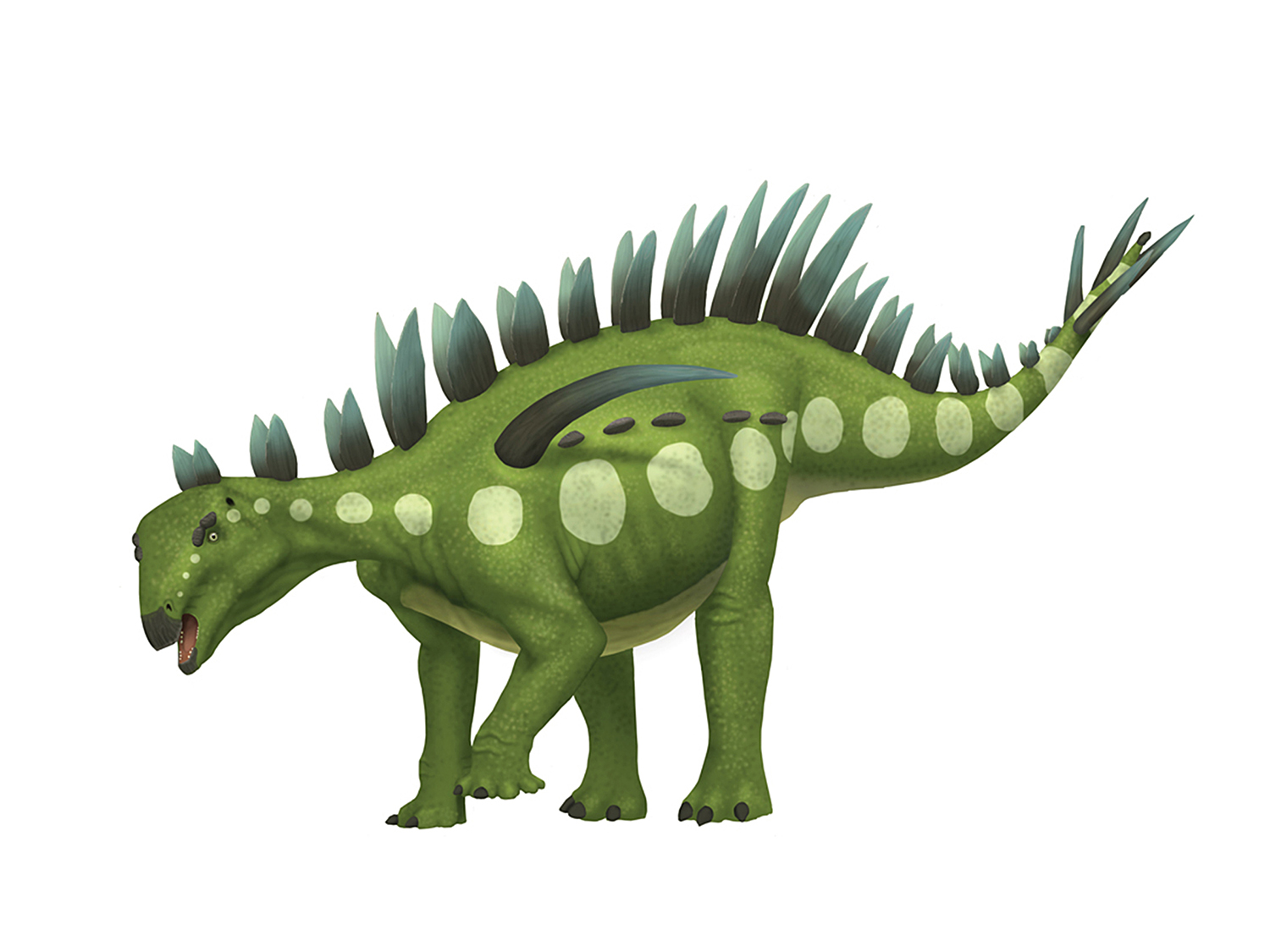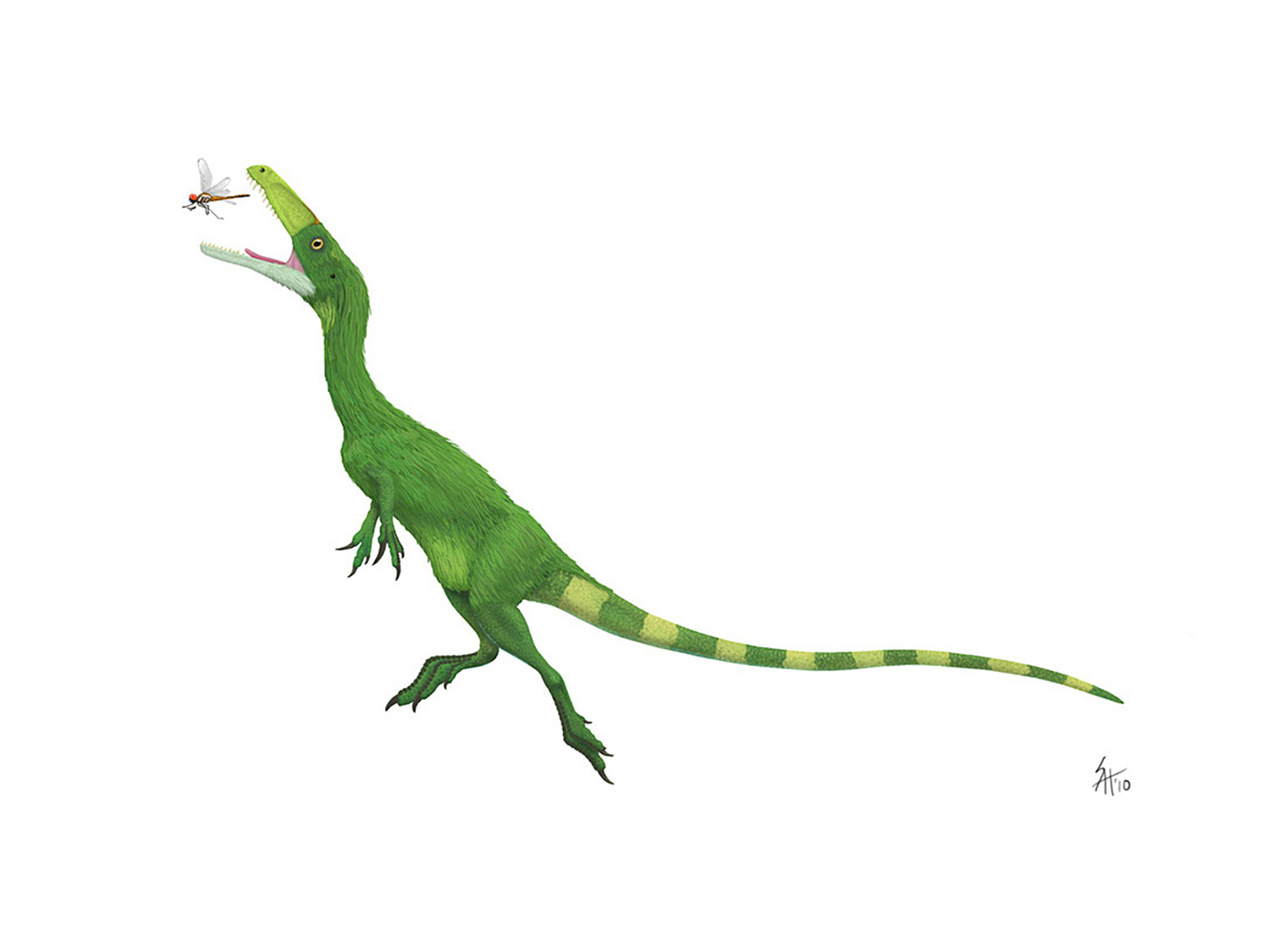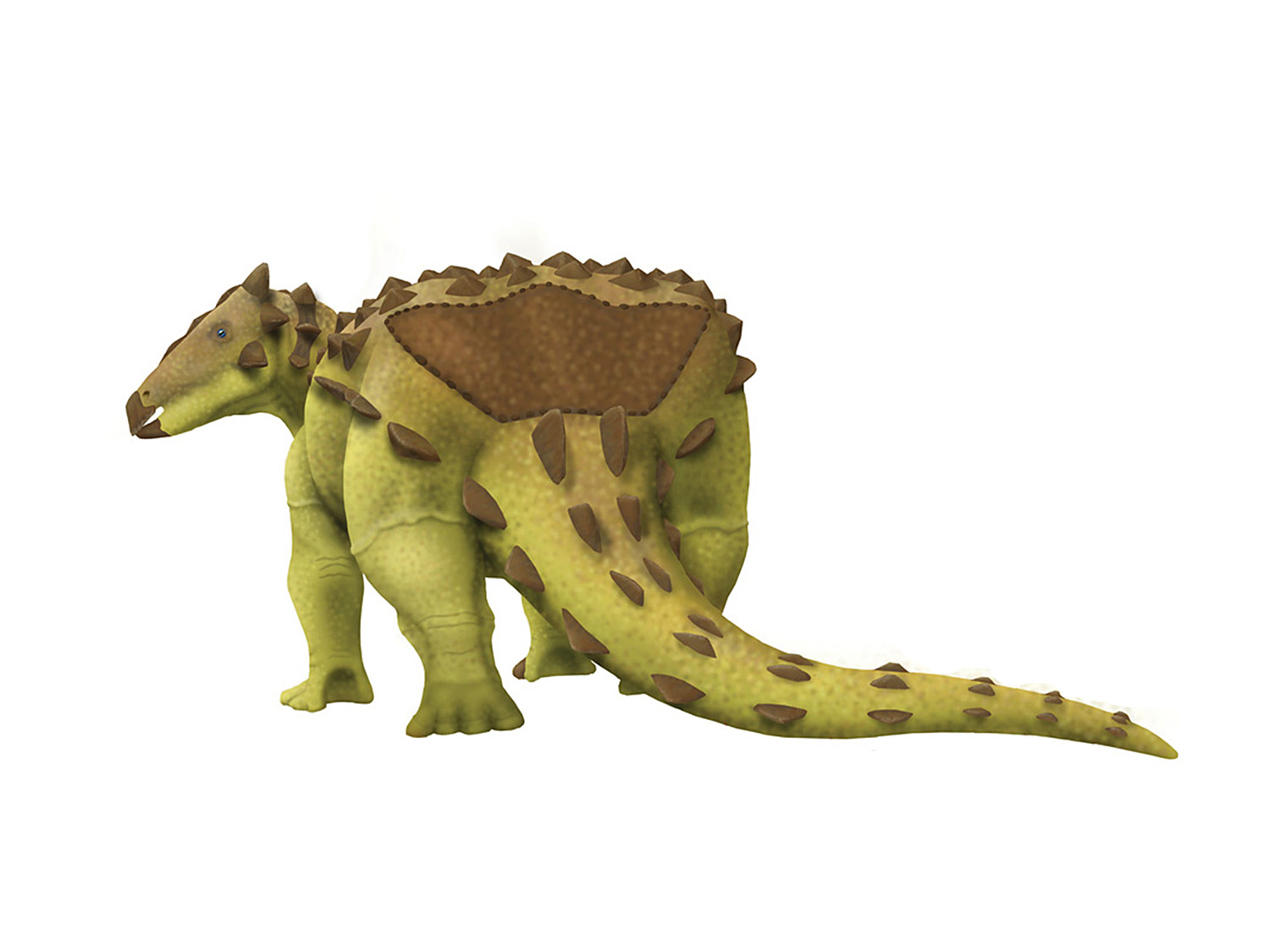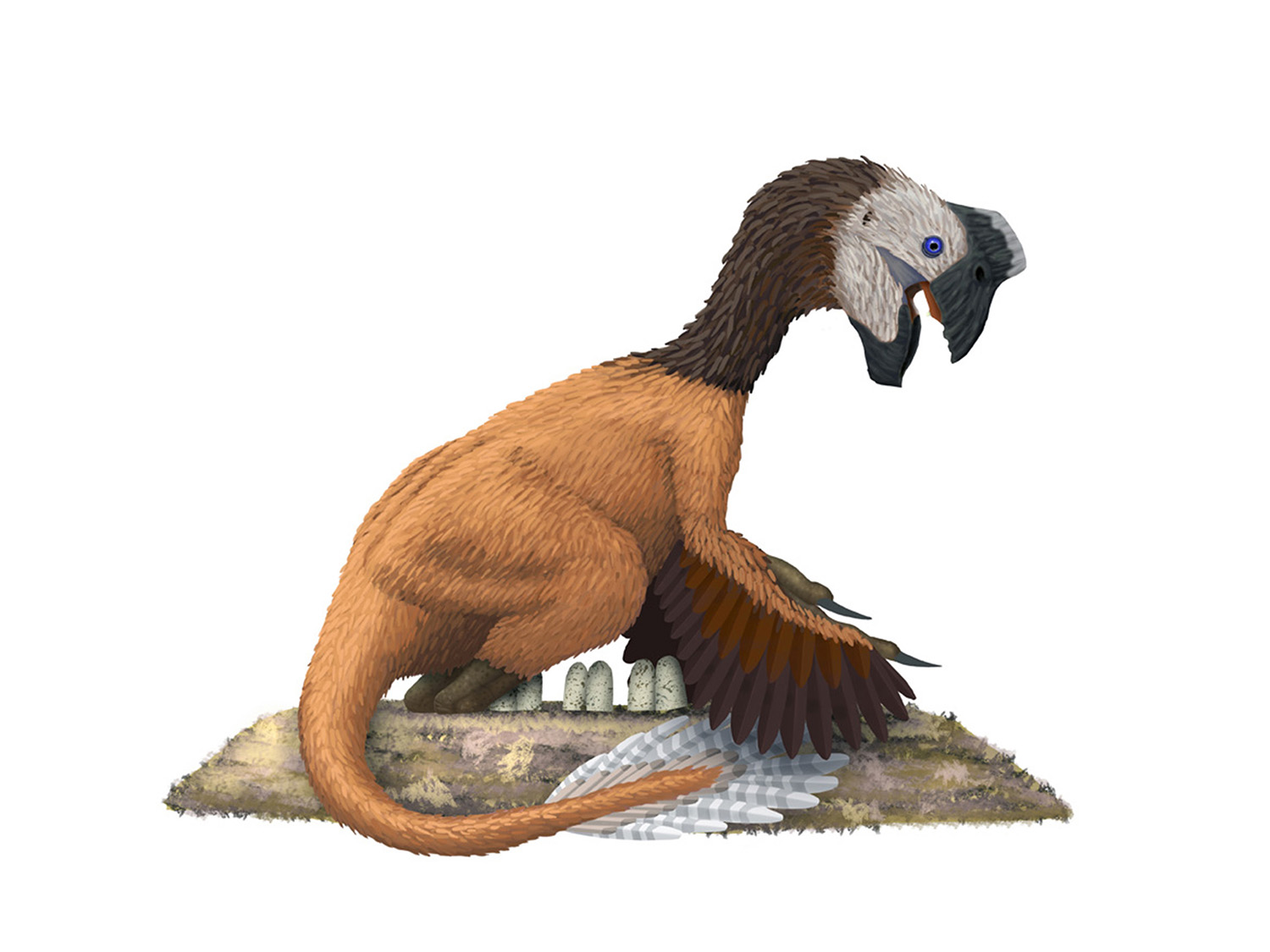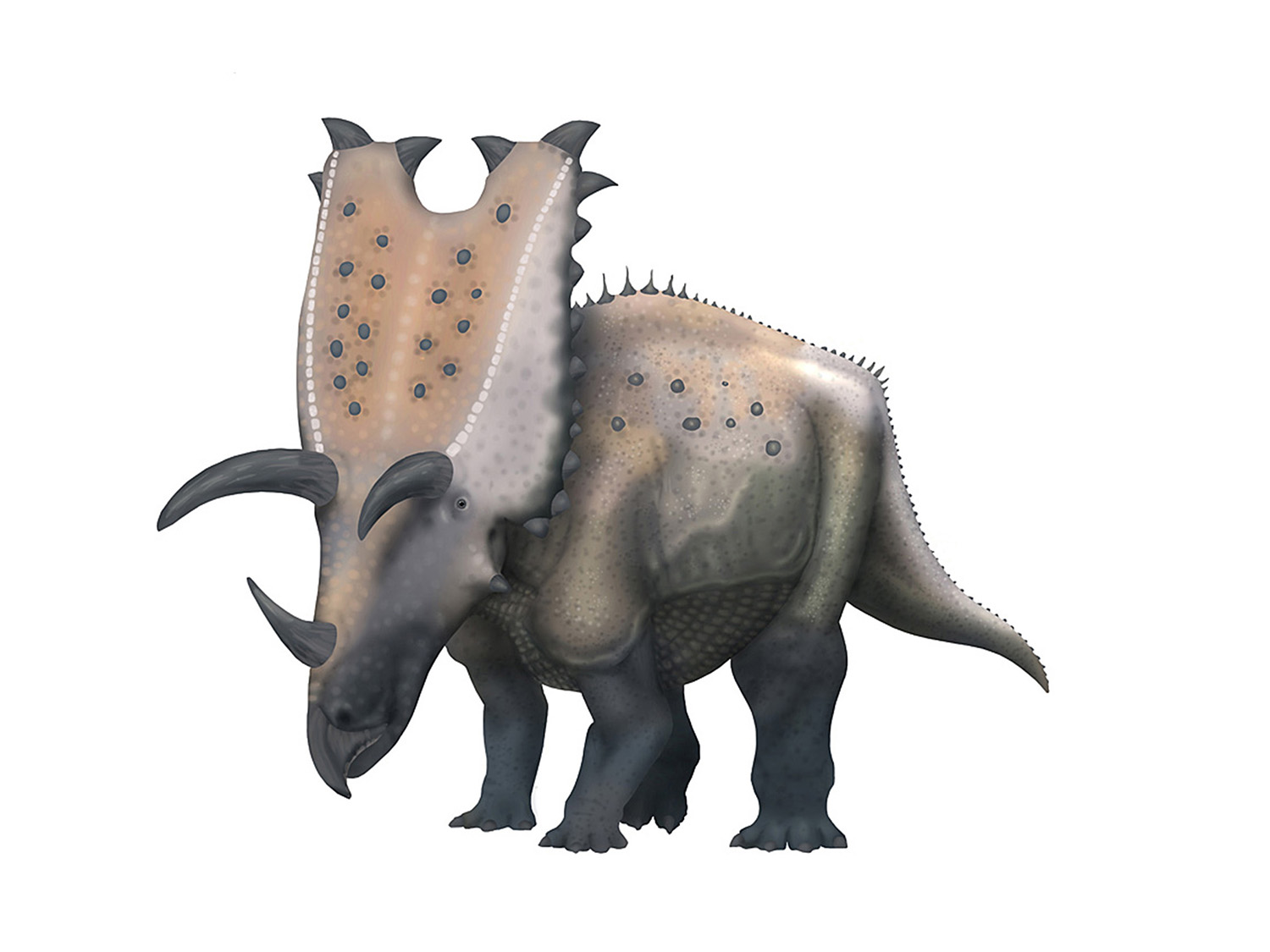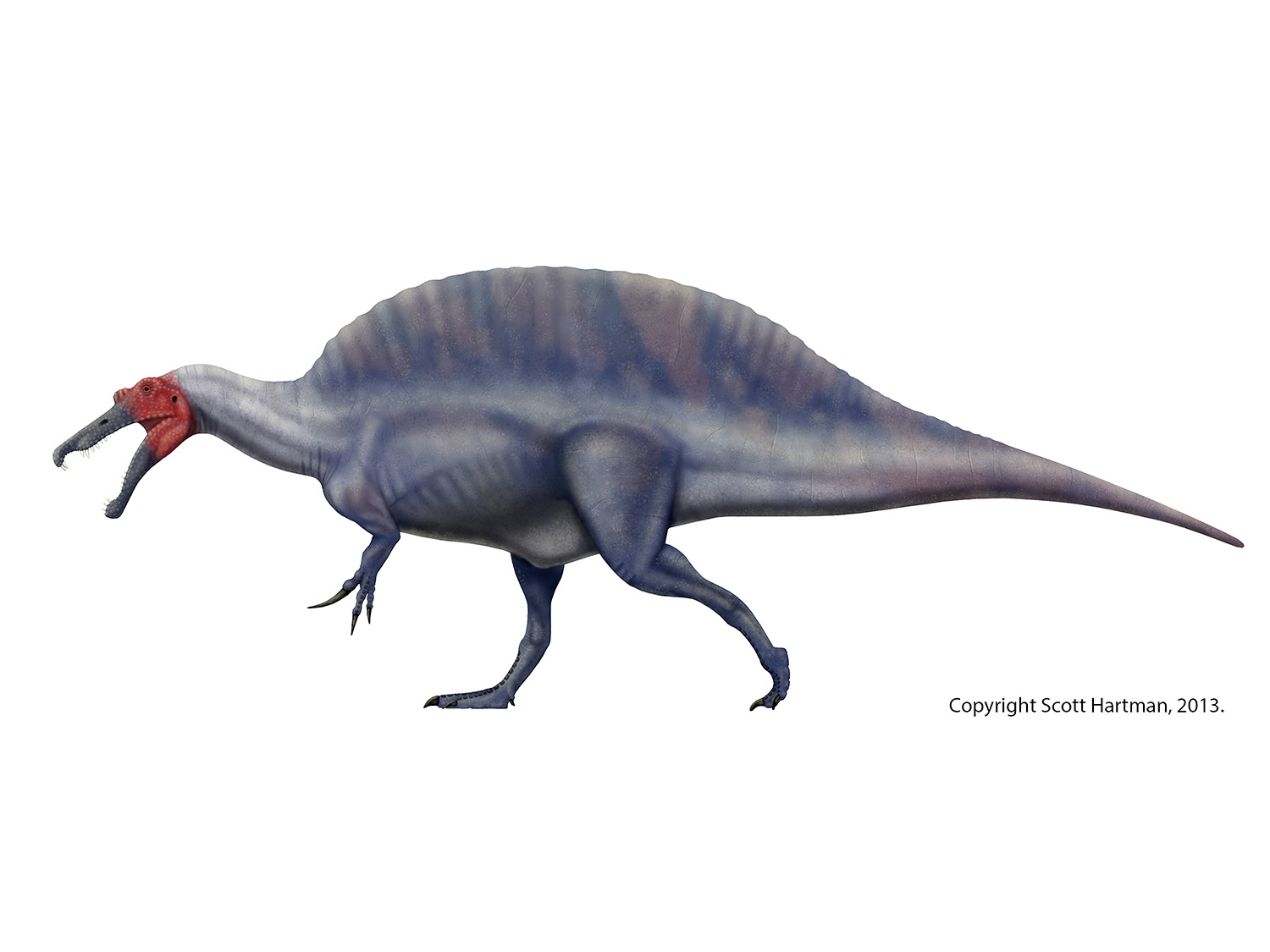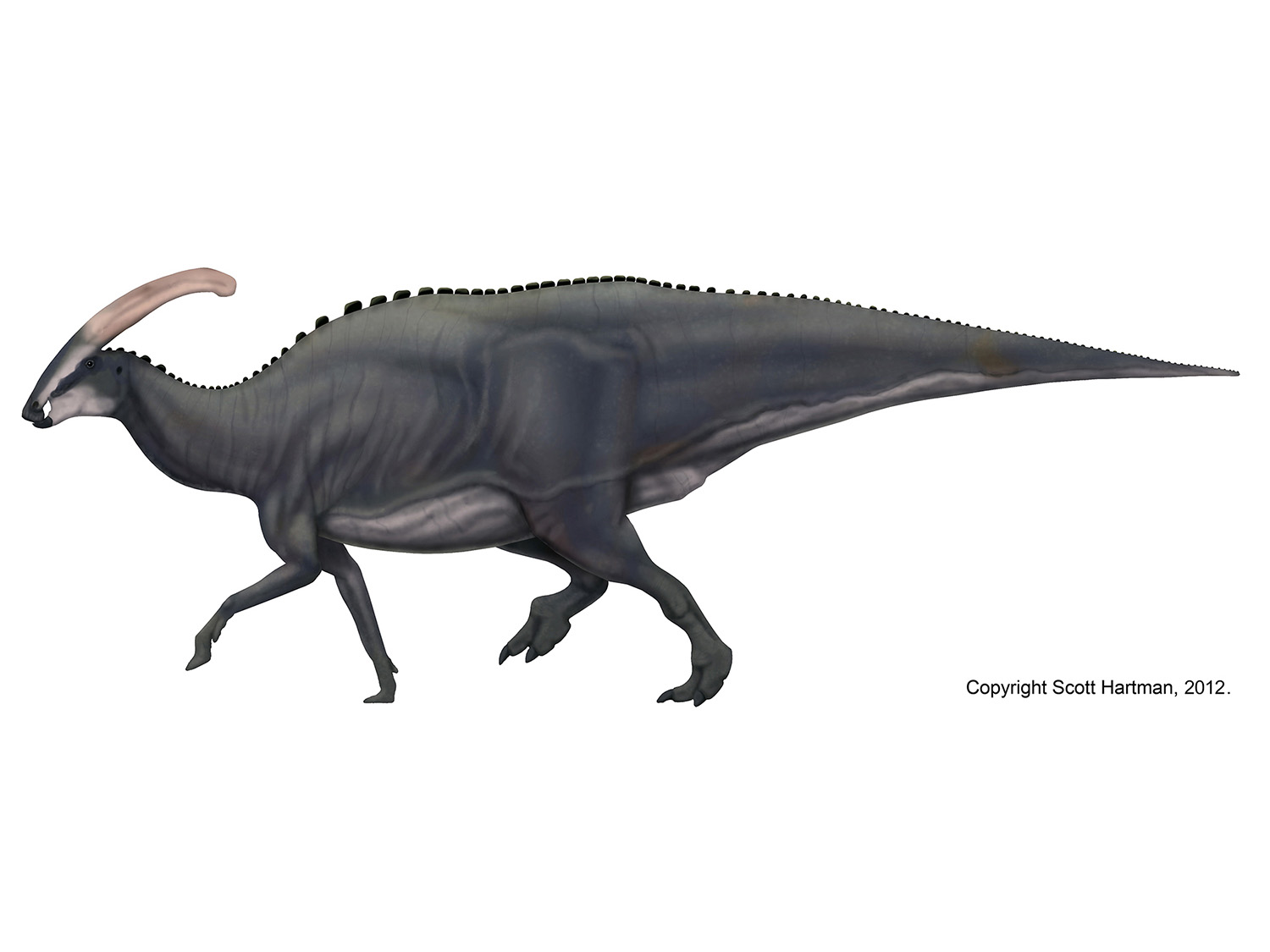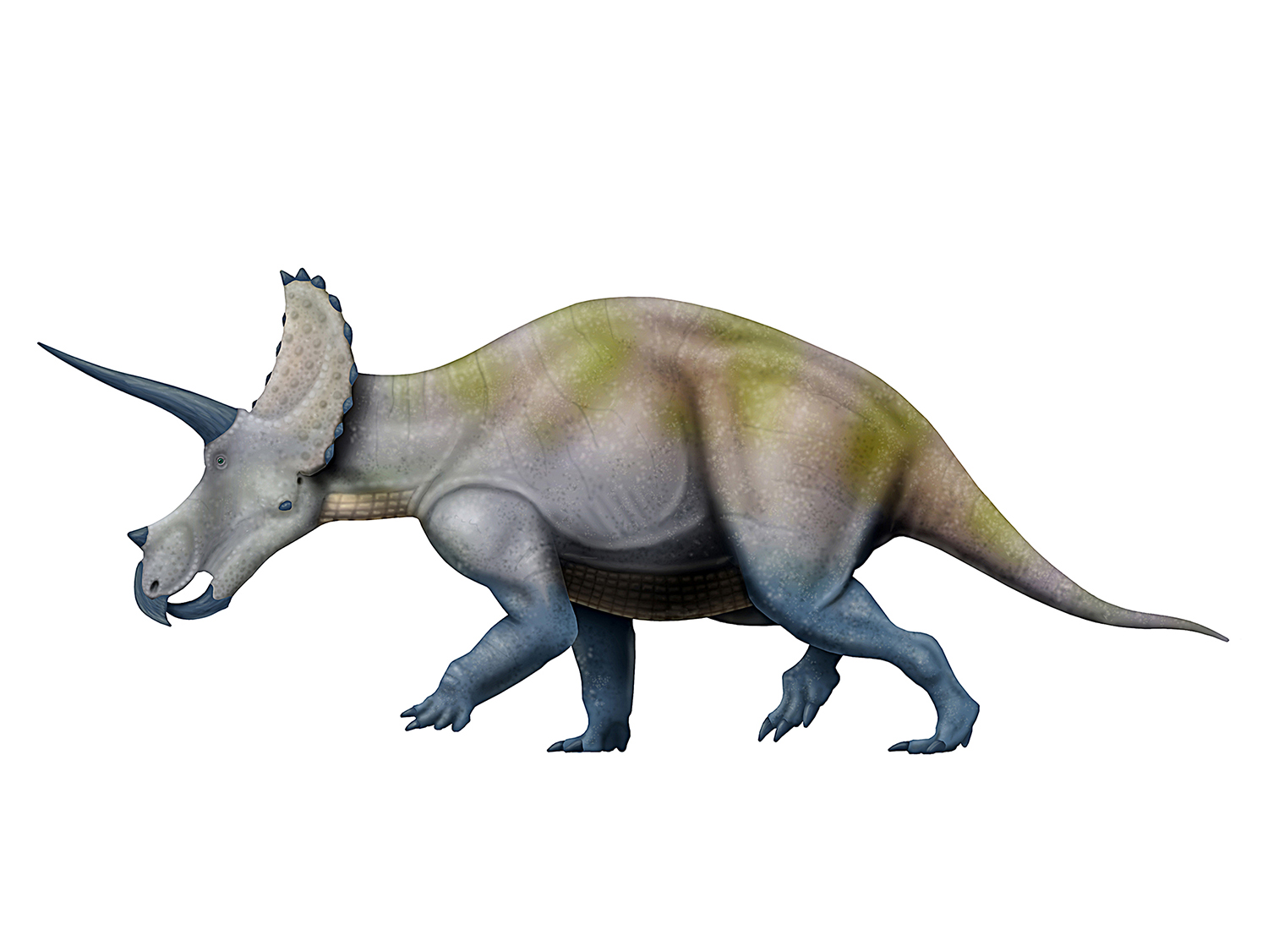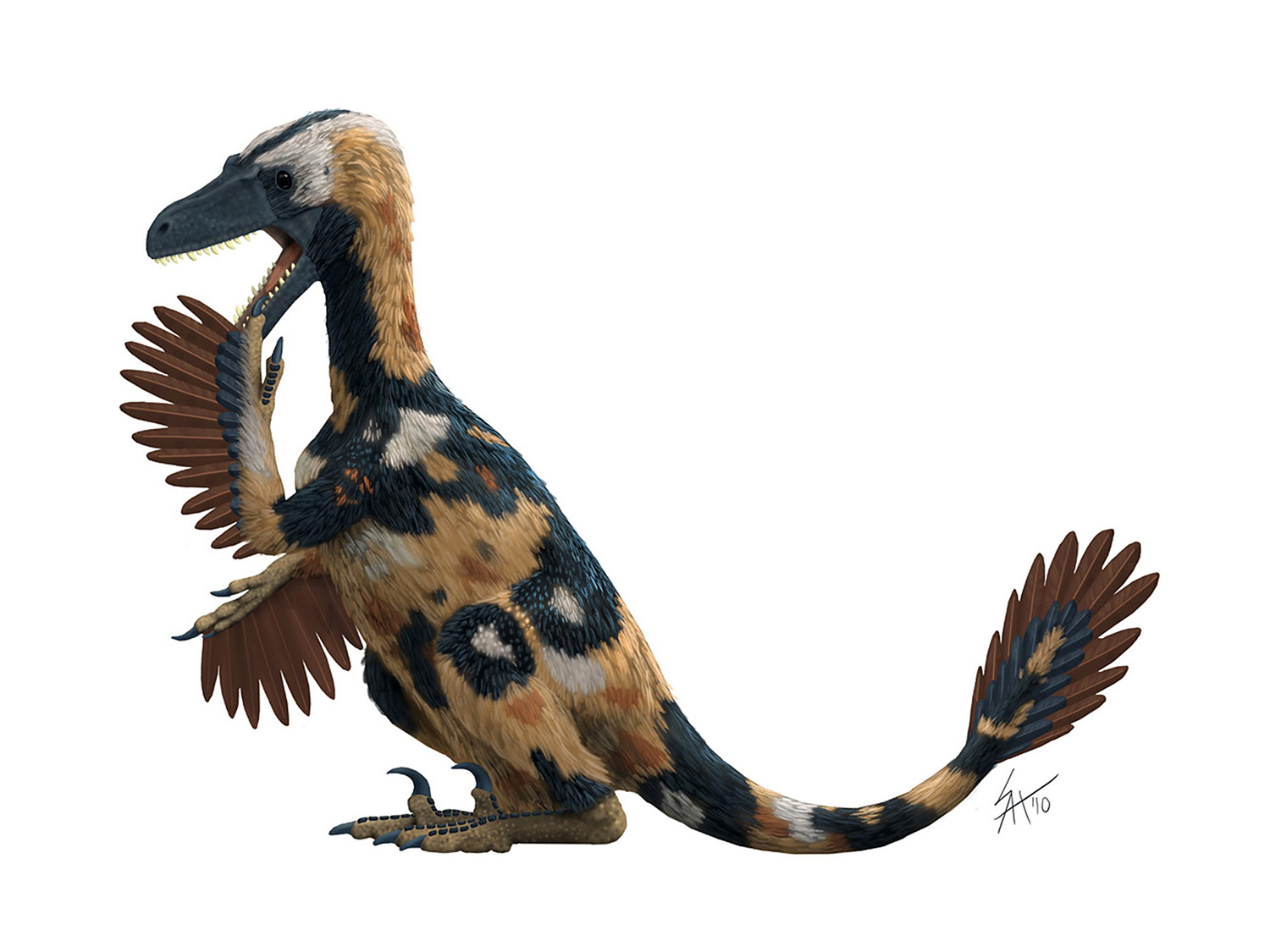Um hey, Scientific American? Bird knees bend the same way as everyone else.
/Ok, time for a quick anatomy lesson: Despite what you may have heard, bird knees do not bend backward. Nor, in fact, do the knees of any tetrapod perform this trick. Given the role of the knee in locomotion, it's not even clear how such a reversal could evolve after the initial "knee bend" direction was settled upon several hundred million years ago.
Why bring the anatomical equivalent of a fairy tale? Well, it's a fairly common misconception. So common, in fact, that it was recently enshrined by none other than Scientific American. So let's see if we can clear this up with some simple diagrams:
Really, it's not.
It's a surprisingly common mistake. When looking at living birds many people fail to realize that part of the leg is hidden on a bird; the upper leg barely moves, and along with the knee it is actually buried up under the feathers of the wing and body. Birds also have quite long ankles, leaving their ankle joints in roughly the position we'd expect the knees to be on a human. Like this:

The key here is that people are plantigrade animals, while all theropods (including birds) are digitigrade. That means that human ankles are flat on the ground, and in our case our knees are roughly in the middle of our legs. In birds and other digitigrade animals (most dinosaurs and many mammals, like dogs, deer, and horses) it's only the toes that contact the ground. The ankle joint is well up off the ground, and the knee is is actually in the upper 1/3rd of the leg. And in birds the thigh is actually even a smaller part of the leg, and as mentioned above is also mostly hidden under feathers. Here's a look comparing the same leg portions of a human (in two poses), a dog, and an extinct bird:
(Presbyornis copyright Scott Hartman, other skeletals modified after Charles Knight.)
In the diagram the thigh bones (femora) are all colored red, the shin bones and proximal ankle bones are colored blue, the "foot bones" (the distal tarsals and the metatarsals) are green, and the individual toe bones are yellow. Notice that the femur of the extinct bird Presbyornis is small and very high, and the knee (the joint between the red and blue bones) is up where it would be hidden by the body and wings. But please also notice...the knee is bending the same way as ours. And the same way as everything else that has a spine and walks on land.
Which brings us back to the article posted by Scientific American. I don't want to go too far with "gotcha" blogging, but Scientific American is generally one of the more highly regarded popularizers of science on the web and in print. I took a look the other pieces published by the author, and she seems like a solid reporter that just happens to have made a mistake. Journalists don't get science degrees (and even if they did that would only be one subject), so this should not be construed as an attack.
But at the same time, this is a serious error. It's like reporting that September has 32 days in it, or that the Red Sox clinched a playoff spot this week. Only worse, as it's perpetuating a myth that gets passed around as "common knowledge". I attempted to bring this to the attention of the relevant parties shortly after it was reported, both on Google+, where SciAm blog editor Bora Zivkovic has been making effective use of the new social network, and the author's Twitter account (which is frequently used).
Despite near real-time feedback, days have gone by with no correction. Making a mistake is understandable, but failing to correct it is not. Scientific American has written hundreds of articles on the state of science education, and has often been an effective advocate for ways to improve it. But the authority they derive comes from their attention to scientific detail, so I hope we will now see a quick correction without further delay.


















